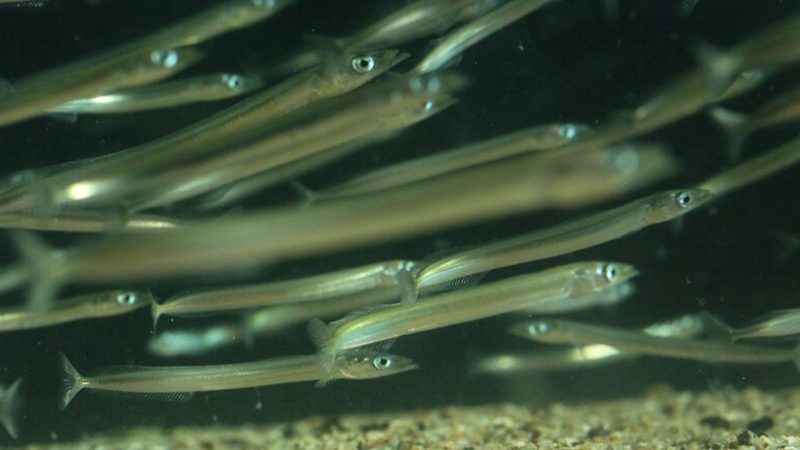Initiative will safeguard species including sandbar sharks, common eagle rays and the critically endangered monk seal
Conservation charity Blue Marine has launched a bold initiative that will connect Marine Protected Areas (MPAs) across some of the richest waters in the Mediterranean.
The new network aims to protect tens of thousands of species in the coastal waters of Italy, many of which are found nowhere else. Species involved include sandbar shark, common eagles rays and the critically endangered monk seal, of which there are only 700 still in existence.
The initiative — #Blue4ItalianMPAs —will link seven sea-conservation projects at MPAs in Tuscany, Puglia, Sicily and Sardinia. It will support Italy’s MPAs to bring more effective protection to their waters, in turn helping to conserve biodiversity and restore threatened habitats. The scheme will drive change in line with the UN Sustainable Development Goals for 2030, and the Convention on Biological Diversity’s vision of ‘living in harmony with nature’ by 2050. Italian waters are some of the Mediterranean’s most biodiverse, and host an estimated 14,000 marine species, of which 10% are unique to the area.
A Marine Protected Area is a section of the ocean in which a government has placed limits on human activity. Many allow people to use the area in ways that do not damage the environment. If well managed and well connected, MPAs can preserve natural environments, restore habitats under threat, and reduce the severity of climate change.
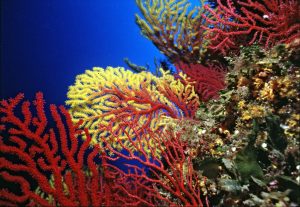
To release #Blue4ItalianMPAs, Blue Marine collaborated with local charities Fondazione Capellino, Smile Wave Fund and the Tuscany Environment Fund, and is extremely grateful for their support. In the long term, Blue Marine’s initiative seeks to strengthen the management plans of all seven MPAs by proposing new conservation strategies with SMART objectives (Specific, Measurable, Achievable, Realistic and Time-bound). The aim is for this model to be replicated in many other parts of the Mediterranean.
Read more about #Blue4ItalianMPAs here.
These are the details of the seven Italian MPA projects:
Capo Carbonara, Sardinia
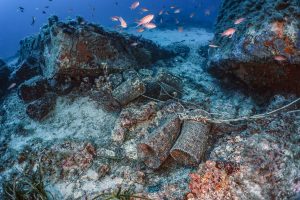
The project aims to remove ‘ghost’ fishing gear from a designated no-fishing zone. Ghost gear has been abandoned or lost, and damages crucial seagrass meadows, which trap carbon faster than rainforests and are shellfish and fish nurseries. The project will help fish stocks to recover and promote healthy seagrass meadows. The project will also increase local awareness of ghost gear impact to reduce further damage. Scientific coordination and design of the project is by Dr. Fabrizio Atzori, Director of the MPA.
Capo Caccia, Sardinia
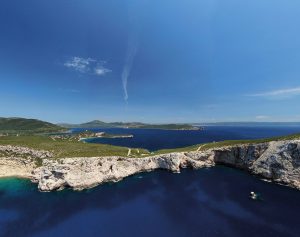
Sardinia has a complex of 100 submerged caves (including ‘Grotta di Nereo’, the largest in Europe) that are home to Mediterranean corals and diverse marine wildlife. On the Capo Caccia headland in the north-west of the island, four mooring lines will be installed. These will regulate anchoring and protect corals at the entrance to the caves. Scientific coordination and design of the project is by Dr. Mariano Mariani, Director of the MPA, and of the Porto Conte Regional Park.
Asinara, Sardinia
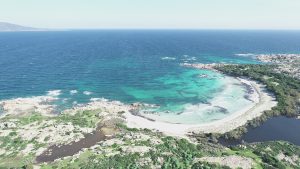
The project will inform approaches to marine management, and assess the possibility of shared management of the entire Special Area of Conservation. Local fisheries management measures will be implemented, allowing habitat recovery for native species, in turn maintaining rich and important biodiversity. Collaborations with other Mediterranean seafarers will exchange best practices in managing fishery resources. Scientific coordination and design of the project is by Dr. Vittorio Gazale, Director of the MPA and National Park.
Egadi Islands, Sicily
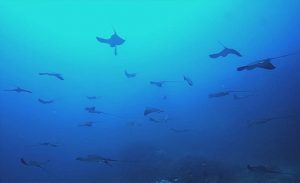
The project aims to implement new measures to limit the bycatch of endangered sharks and rays, which congregate to mate and give birth. The project will improve fishery management plans, increase fishing controls, encourage local fishermen towards best practices, and drive effective marine protection. The project will be a pilot for the management of other Mediterranean MPAs, where artisanal fisheries exist within protected areas. Scientific coordination and design of the project is by Dr. Marco Milazzo, Professor of Ecology at Palermo University and Head of the Marine Ecology and Conservation (MEC) Lab of the Dept. of Earth and Marine Sciences. The project is in collaboration with the MPA staff and Director, Dr. Salvatore Livreri Console.
Pelagie Islands, Sicily
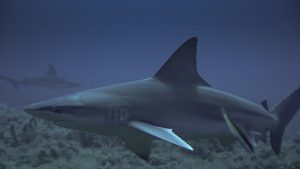
The project will assess the distribution of the endangered sandbar shark around Lampione Island, a cluster that is very rare for the Mediterranean and set goals for its protection. It will monitor the soundscape and develop a strategy for managing noise pollution from recreational boats as sandbar sharks are shy and tend to leave the MPA when tourism increases. Scientific coordination and design of the project is by Dr. Carlo Cattano, Dept. of Integrative Marine Ecology at Stazione Zoologica Anton Dohrn. Communications and implementation of the project is by Dr. Elena Principato, Scientific Responsible of the MPA
Torre Guaceto, Puglia
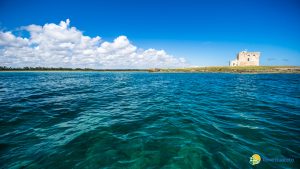
Bottom trawling is one of the most destructive and non-selective ways of fishing, responsible for up to half of all discarded fish (bycatch) worldwide. The project aims to enforce patrols and discourage illegal trawling inside the MPA’s borders, protecting its vulnerable habitats. A removable anti-trawling system will be placed along the outer margin of the MPA, the area most affected. Anti-trawling infrastructure will be deployed at depths of 40-50 meters to prevent trawlers entering the MPA Scientific coordination and design of the project is by Dr. Alessandro Ciccolella, Director MPA Torre Guaceto.
Tuscan Archipelago National Park
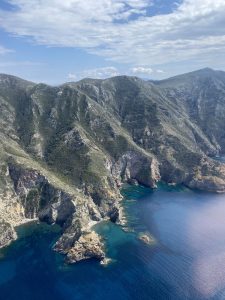
The complex of submerged and semi-submerged marine caves here are EU priority habitats, where the endangered Mediterranean monk seal gives birth and raises its young. The project aims to develop an effective plan for managing its protection. The cave systems will be mapped in detail, and seal sightings will be monitored with a team from the ISPRA (Istituto Superiore per la Protezione dell’Ambiente – Governmental Institution of Environmental Protection). The project will contribute to updating protocols for monk seal protection, with the direct involvement of local stakeholders. The scientific coordination and design of the project is by Maurizio Burlando, Director of the Tuscan Archipelago National Park.
Giulia Bernardi, BLUE Senior Italy Projects Manager said: “This exciting project allows us to face one of the main problems related to marine conservation: the need to enforce local management plans in Marine Protected Areas. I am proud of being part of this initiative, as it is an opportunity for us to restore the ocean to health working with MPA Directors, research teams and local communities.”
Rory Moore, Head of International Projects said: “There is a worrying lack of impactful marine protection in the Mediterranean, so most fish populations continue to decline and habitats like coral reefs and seagrass beds continue to be destroyed. BLUE’s approach in Italy is geographically broad but is focussed on the creation of effective MPAs, building local conservation capacity and restoring threatened marine life. This promotes healthy oceans that are resilient to climate change and are managed pragmatically, so the Mediterranean can be enjoyed sustainably by the people who depend on it most.”
Cover photo: Capo Caccia Caves
For the latest information on #Blue4ItalianMPAs click here.






